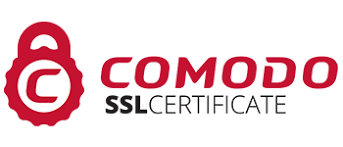The country is getting new vehicle licence plates again, in this case 30,737 to be sold at NAf. 12.50 for cars and NAf. 7.50 for motorbikes (see Friday paper). The latter are about 1,000, so a rough calculation
puts the total cost to local motorists at 379,000 guilders.
This is done every year and while some of the outdated number plates are used as souvenirs, it is a rather wasteful exercise for obvious reasons. In many countries the same plates are kept for a much longer time and only a smaller control plate or sticker indicating the separate so-called road tax has been paid is changed annually.
Former Finance Minister Roland Tuitt to his credit tried to put an end to the practice in 2012, but made a crucial mistake. He didn’t think any other proof of payment was needed because most law-abiding citizens would comply, but many failed to do so in the end.
They simply took the risk, knowing that because police didn’t have any clearly visible sign to go by, the usual traffic controls to catch violators could not be conducted in an effective manner. The attitude of these culprits was certainly wrong, but it still happened.
The treasury consequently missed out on 1.3 million guilders, negatively affecting an already troubled budget. Nevertheless, that doesn’t mean the idea should be abandoned entirely.
It was argued at the time that, for example, stickers might turn out to be more expensive than plates. Perhaps that’s true for those who were asked, but one can hardly imagine it’s always the case on the international market.
With the 2016 plates already ordered, the incoming government has plenty of time to look into this matter for 2017, also out of environmental considerations. There is no need to reinvent the wheel either, as there are sufficient examples of feasible alternatives elsewhere.






